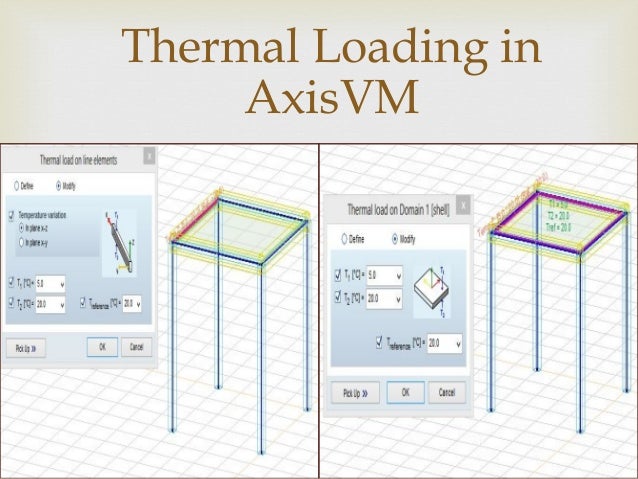

When you import the BVH file, you need to enable the Scale FPS option to change the frame rate from 120 FPS to 30 FPS. To correct the frame rate, you need to manually set the frame rate of your Blender scene to 30 FPS. VMD animations normally have a frame rate of 30 FPS. The CMU bvh files have a frame rate of 120 FPS (120 frames per second). MMD models do not have their center bone located at the world origin, however, so the "hip-uncorrected" BVH files are more compatible with MMD models. These BVH files have been "corrected" to make them compatible with DAZ characters whose rest pose hip bone location is at the world origin(0,0,0). "Hip-corrected" means that the resting pose (Blender edit-mode pose) of the hip bone will be located at the world origin(0,0,0). The "hip-uncorrected" bvh files are more MMD-compatible than the "hip-corrected" bvh files.
VMD ROTATE ON AXIS HOW TO
I have figured out a few more things about how to convert CMU bvh files to vmd: Disable IK constraints of MMD model, and check the result.Import MMD default model "初音ミクVer2.pmd" or standard TDA Miku Append model, use default import scale 0.2, then import VMD (change Margin: from 5 to 0) to that MMD model.Export VMD file of BVH model, enable export option "Treat Current Pose as Rest Pose".In blender's text editor, open text file "94.py", hit run script button to fill corresponding Japanese names of MMD bone property.Import VPD "94.vpd" to BVH model, change import option Bone Mapper from "PMX" to "Blender".optionally enable "Scale FPS" & "Update Scene Duration".Rotation:: change from "Euler (Native)" to "Quaternion".Import BVH "94_01.bvh", change import option:.Open blender, change scene's frame rate from 24fps to 30fps, and follw my method above: The pose will explain how to fit the rest pose. I'll take folder 94 for example, here is sample 94_sample_pose_and_script.zip (pose "94.vpd" & script "94.py") for step 2 above. If the result does not look good, go to step 2.ĭownload "Zip file for BVH directories 86-94" of "PRIMARY RELEASE: Daz-friendly hip-corrected BVH files release.".Import VMD file to MMD model, optionally change import option:ĭisable IK constraints of MMD model, and check the result. enable "Treat Current Pose as Rest Pose".Copy mmd_bone.name_j from MMD model's bone to BVH model's bone one by one, depends on how you want to map the bones.Įxport VMD file of BVH model, change export option:.You may add the pose to pose library for later use (in case that you don't like the result, you will need to adjust the pose).įill corresponding Japanese names of MMD bone property (mmd_bone.name_j).It is not necessary to fit perfectly, I sometimes only rotate the upper arms along global Y-axis.And do not scale bone, it does not work as expected when exporting VMD. In general, only need to rotate some bones and move root bone, bone roll is not important.Pose the BVH model to fit MMD model's rest pose. I usually enable "Scale FPS" to fit scene's frame rate. Other options are optional, you can change them as you like.Rotation: change rotation conversion from "Euler (Native)" to "Quaternion" (VMD exporter only support "Quaternion" type).I usually set to 0.024 (to fit MMD model's default import scale 0.2). Scale: proper scale to fit MMD model size.Okay, here is detailed information of my method: I have a question - how do you "ignore bone roll" ? Wow so do you have an Axis Neuron ? I also have a suggestion where I got good results (on TDA models) by binding the IK to the "Foot" and "Toe" bones instead of using rotations on the leg, knee, ankle this is a useful reference, thanks !! One advantage I see if you bind an MMD rig to the BVH (which is what and myself are doing) is that now you can keep importing other BVH motions and use the NLA editor to switch motions. So I think you don't need the corrective shape key addon. go to the Data / Shape Keys tab (triangle icon) and there will be an "Armature" shape key as the last one in the list.click "Apply as Shape Key" for the second / duplicate modifier.in the Modifiers tab (spanner icon), click "Copy", a duplicate of the "mmd_bone_order_override" will be created called "Armature".after setting the T-pose, switch to the mesh and Object mode.Here is my approach for the T-pose fix (without any add-on) Thanks everyone for a great discussion - I got the file, thanks.


 0 kommentar(er)
0 kommentar(er)
